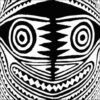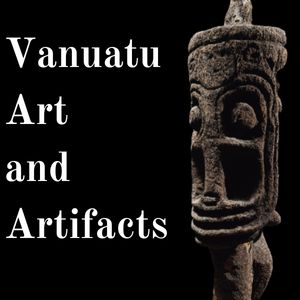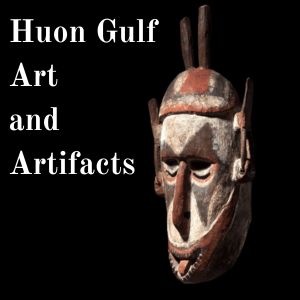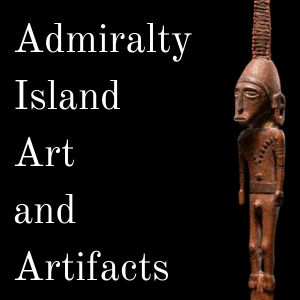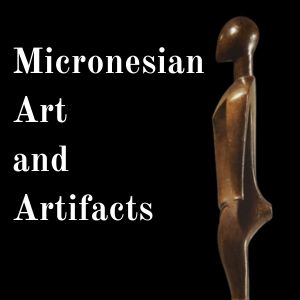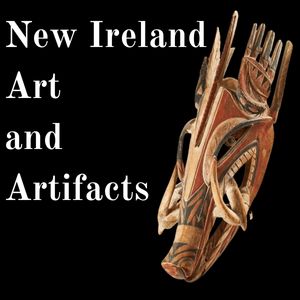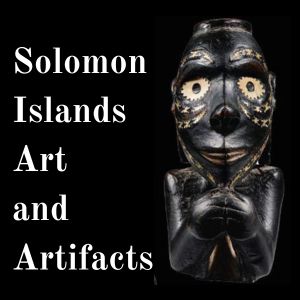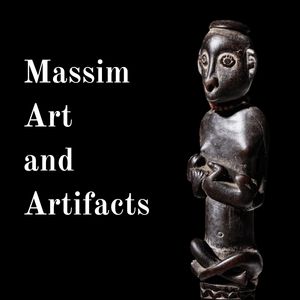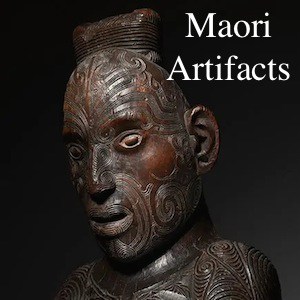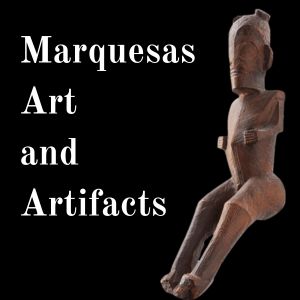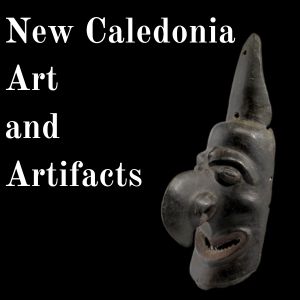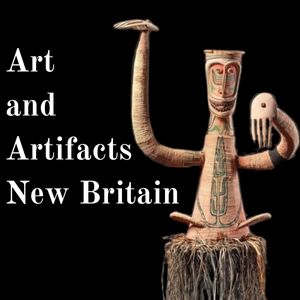New Ireland Art and Artifacts
New Ireland Art and Artifacts are among the most collectable of all Oceanic art. The fantastic degree of craftsmanship of both the carving and painting along with spiritual meaning make them a magnet for collectors.
New Ireland is far from a homogeneous culture with the art on the Northern part of the Island very different from the Central or Southern.
This article looks at the different types of New Ireland art and Artifacts. It will give you an idea of what to look for when determining if your piece of traditional New Ireland Art is a masterpiece or not.
I buy and sell New Ireland Artifacts and the process is straightforward. Just send me a photo of your New Ireland Art of Artifact and I will give you an idea of what I would be willing to buy it for.
In a website blog, it is impossible to cover the subject of New Ireland Art and Artifacts in great depth. This is just a taste of some of the wonderful objects that this region of the Pacific produces.
Recommended Reading
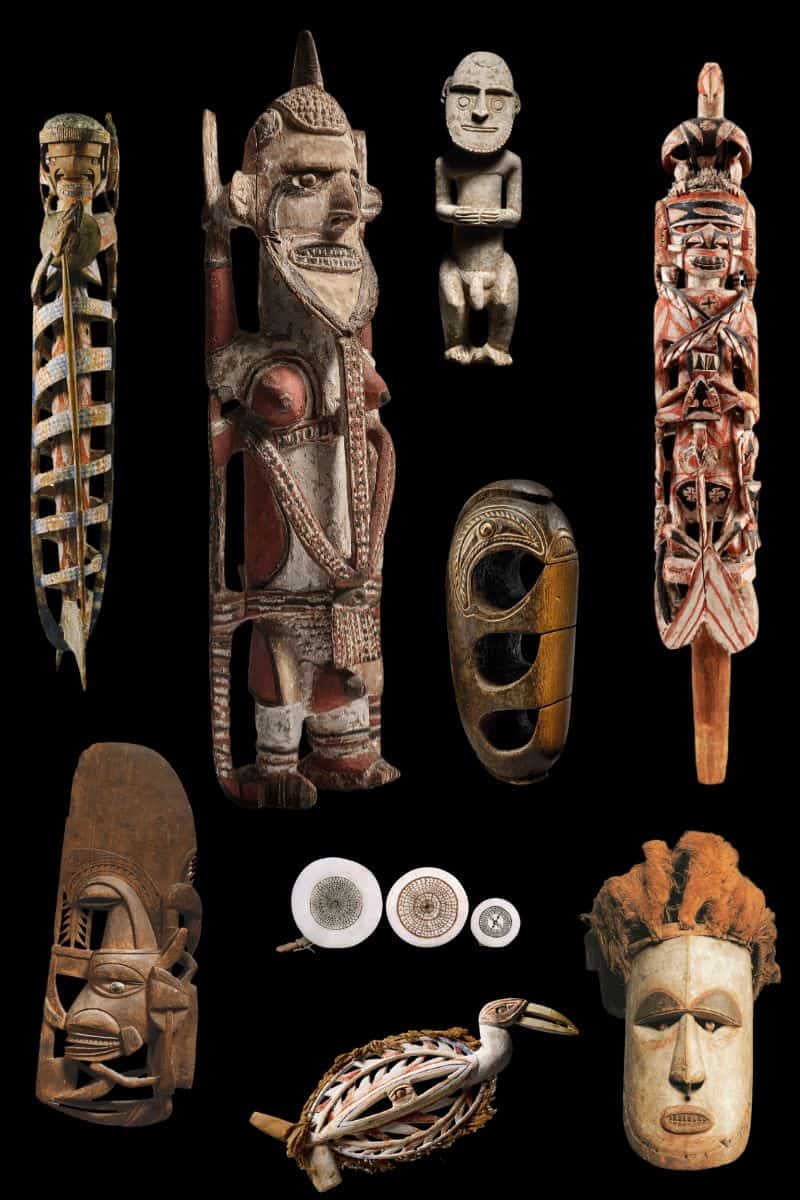
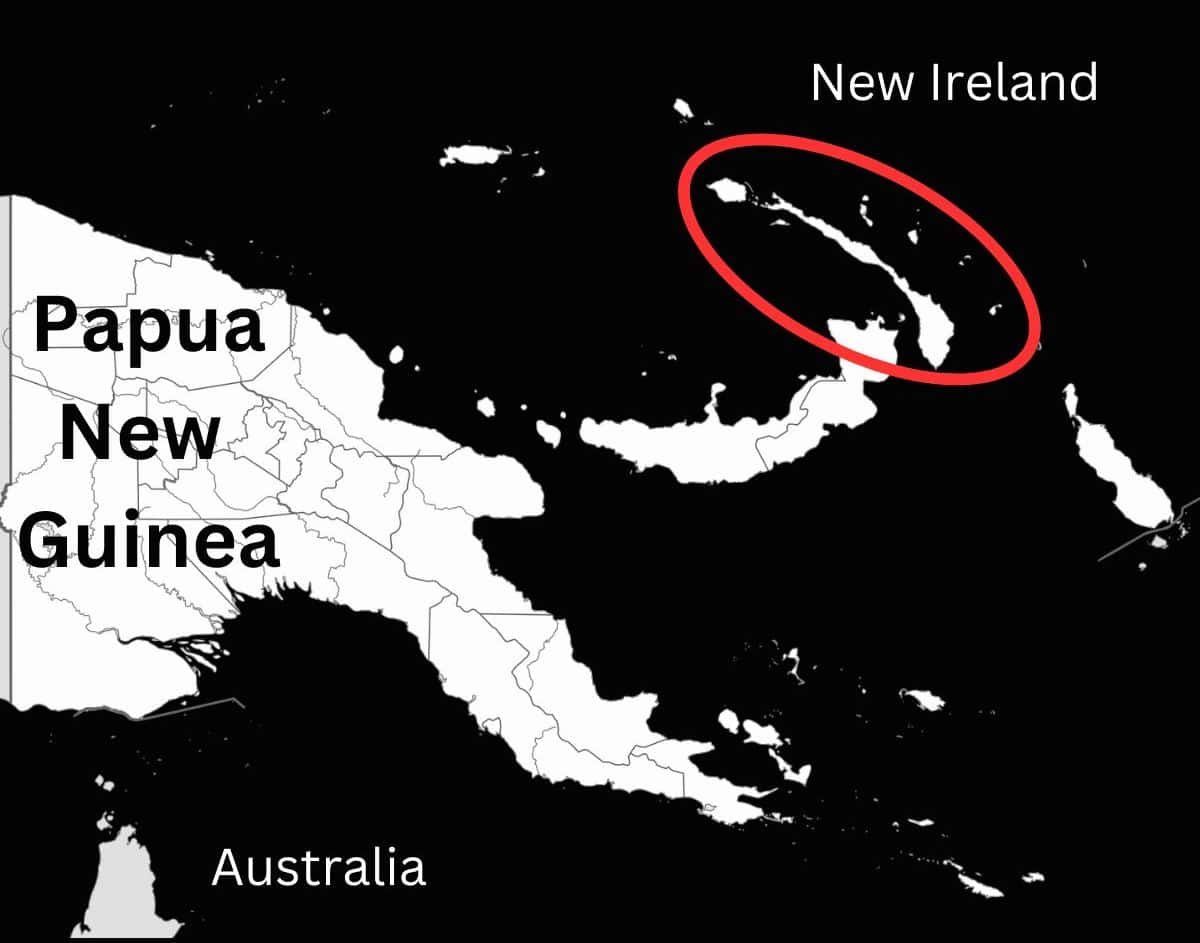
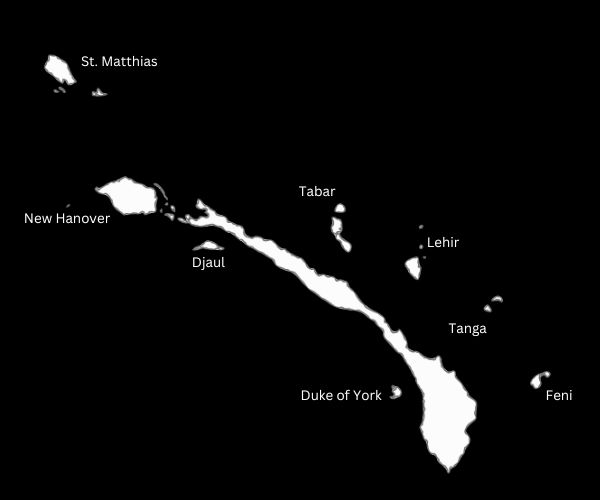
Background of New Ireland Art and Artifacts
Artistically New Ireland has strong Links with East New Britain art in the South. The dominant artistic expressions though are associated with funeral rights.
New Ireland not only consists of the main Island but several other large island groups. These are discussed separately at the end of the article because the art varies widely.
It is perhaps easiest to understand New Ireland art as the product of different cults which overlap each other in some areas but compete in others. For example, the cult that produces Tatanua masks spread to the Island of Djaul but the Cult of Malangan never did. The Uli cult of Central New Ireland is related to over-modelled skulls on wooden figures further West but to a large extent, this cult was displaced by malangan culture.
Art style areas
St Matthias: Had no Malangan and no masks. Sculpture is very rare.
New Hanover: No Malangan and no masks but rich in prehistoric stone art
North Western: Strong Malangan Tatanua culture, including the Tabar islands
Central New Ireland: Uli Culture
Southern East New Ireland: Strong Tumbuwan, Kulap and Lorr culture.
Tanga & Lehir: Bark mask culture.
New Ireland Art and Artifact Types
New Ireland Sculpture
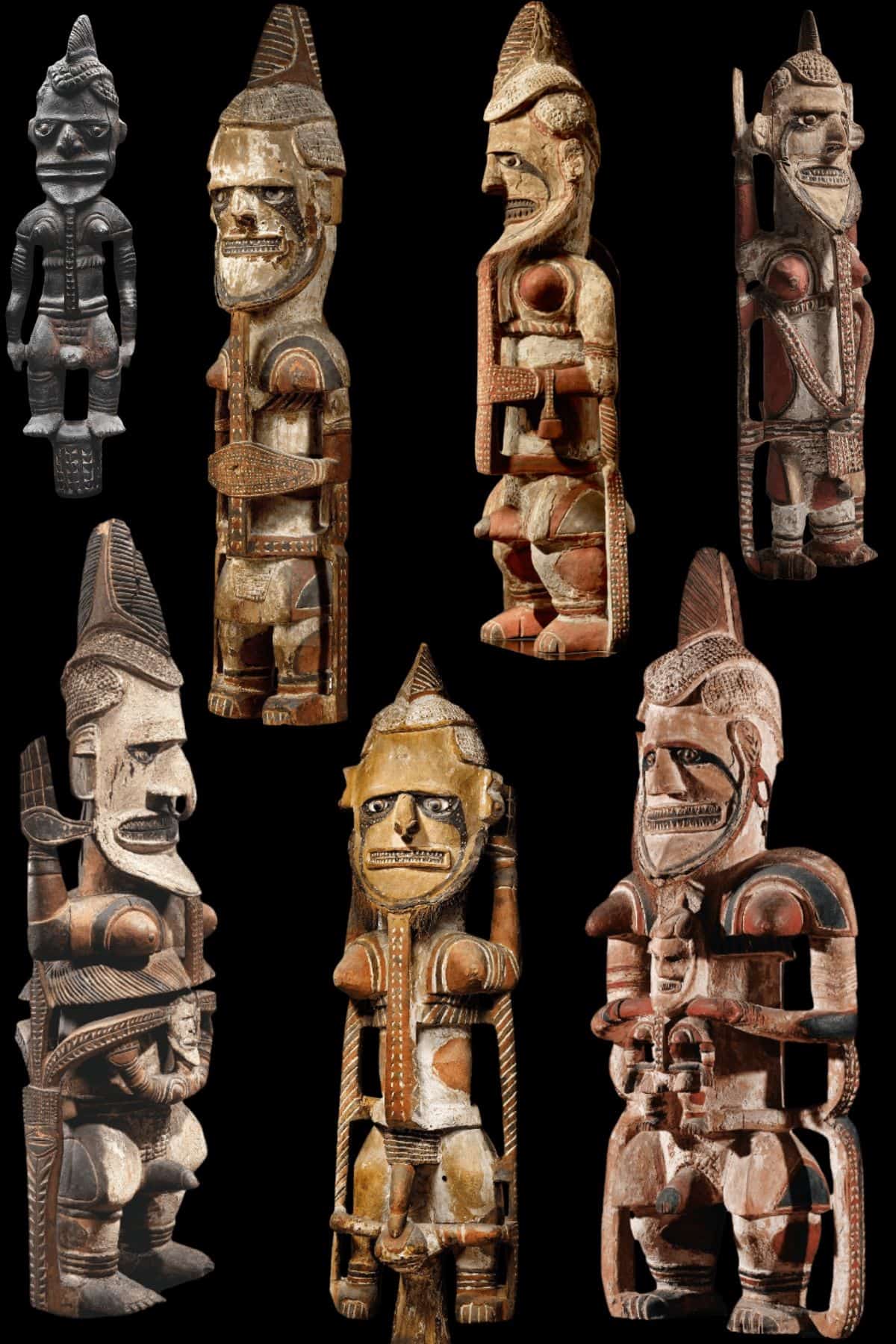
Uli Figures
Uli are not Malangan. They were not created to destroy the spirits of the dead. They preserve and contain the power of the Ancestors. They were displayed during the long cycles of ceremonies that accompanied the exhumation and subsequent reburial of the skulls of prominent men.
Found in Central New Ireland, especially amongst the Mandak People. They are the most valuable sculptures that come from New Ireland and are extremely prized by collectors.
Due to prominent breasts, they are sometimes believed to be hermaphroditic but this is unlikely. Prominent breasts on a New Ireland Male are a sign of a big man who has had more than enough to eat and gained weight. It is the sign of a successful chief but does not imply femininity.
Range in size from 60cm – 150 cm
Kulap Figures
Kulap figures represent individuals who had died recently. They were distinctive to south eastern New Ireland, and used throughout the region. Created by specialists living near the limestone quarries in the Rossel Mountains. When a family member died, a male relative journeyed to the mountains and acquired a male or female kulap, depending on the sex of the deceased.
The figure erected, together with other kulap, within a shrine inside a ceremonial building surrounded by an enclosure.
Kulap served as temporary abodes for the spirits of the dead, which might otherwise wander, causing harm to the living. Only men could view the images, but women often gathered outside the compound to mourn their lost relatives. After an appropriate period of time, the figures were deliberately broken.
Related to the Iniet Figures of the Tolai in New Britain Art
Range in size from 30cm – 65cm
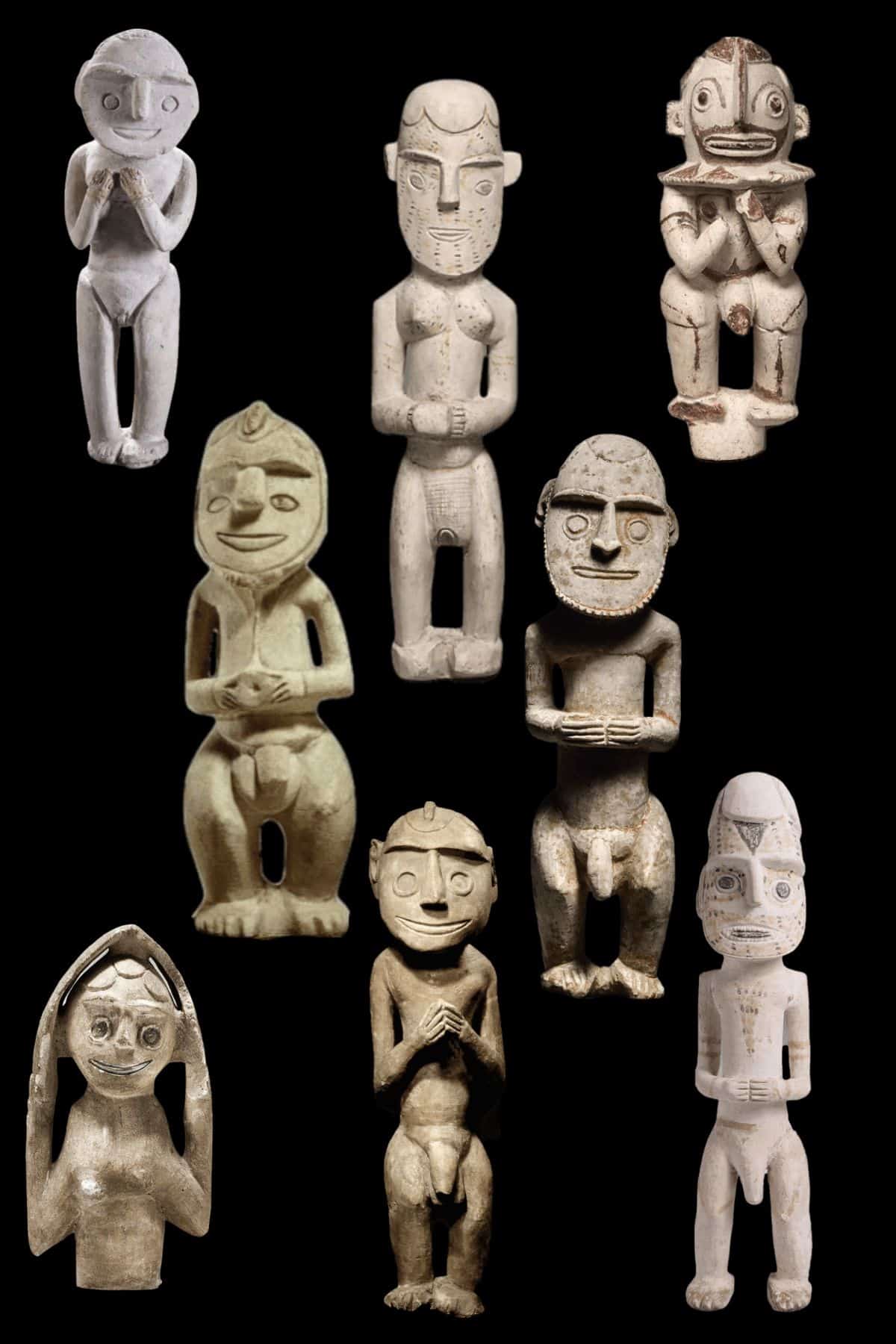
New Ireland Malangan
Malangan Sculptures
Malangan come from the North Western part of New Ireland and come in many types. The most common is tok tok which are displayed by inserting into the ground.
According to oral tradition malangan Culture started on the Tabar Islands and spread to the mainland all the way West to Kavieng.
Ownership of Malangan is an individual right paid for in shell money.
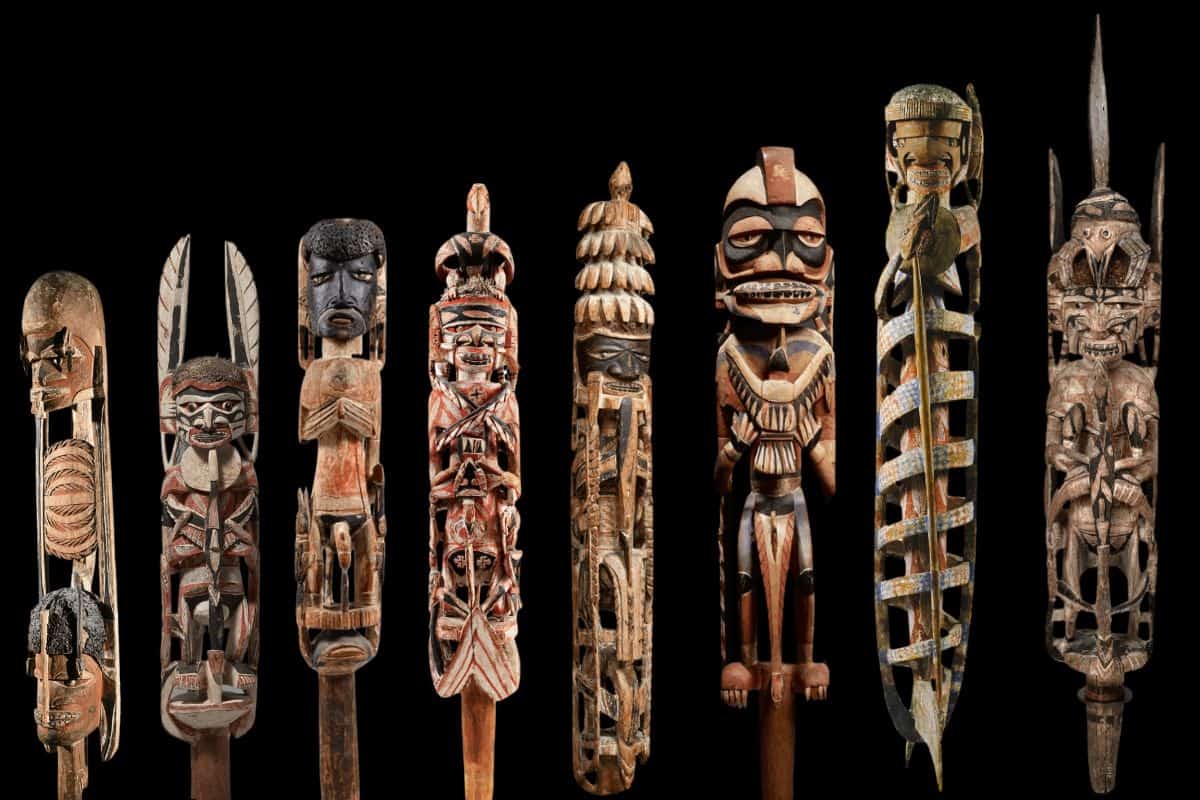
Sizes Range from 30cm – 125cm
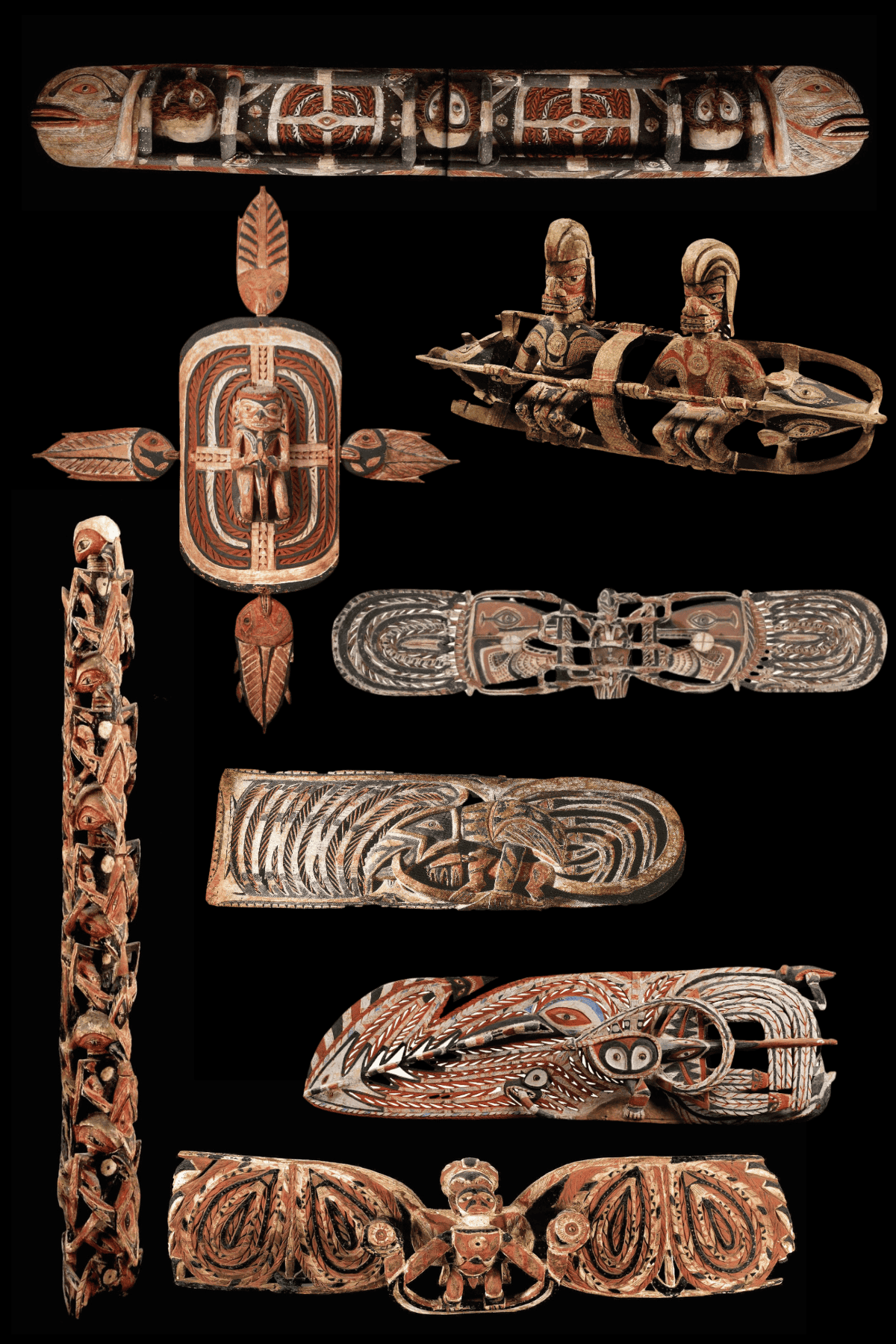
Malangan Ceremony
During a Malangan ceremony people from different villages even language groups gather. They bring with them the particular Malangan that they have the rights to. These Malangan have been charged through incantations to burn the spirit of the deceased.
Some are horizontal others are vertical and they are all displayed against a specially made structure.
Not all malangan are wooden with woven vavara Malangans playing just as much importance.
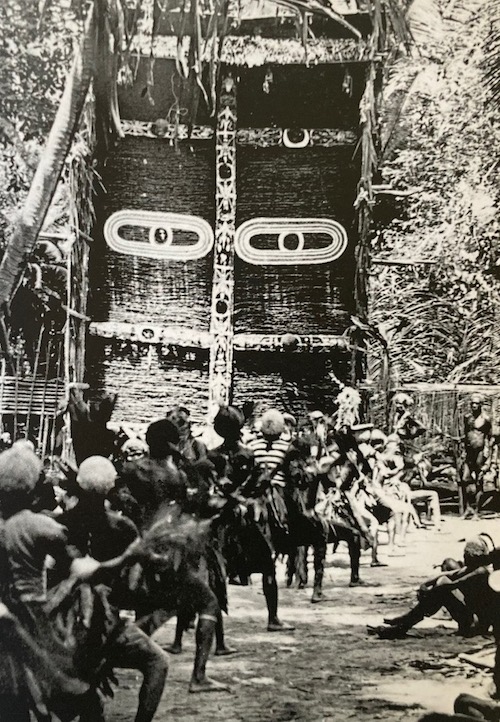
Malangan Vavara
Vavara malangans are made from woven bush materials. They are made under very strong Taboos and represent a spiders web. Legend has it a woman invented the Vavara malangan for her son who was unable to buy the rights to wooden malangan due to her husbands death.
Symbolically they also represent a womans vagina.
Due to their large size fragile nature and strong taboos very few are in collections.
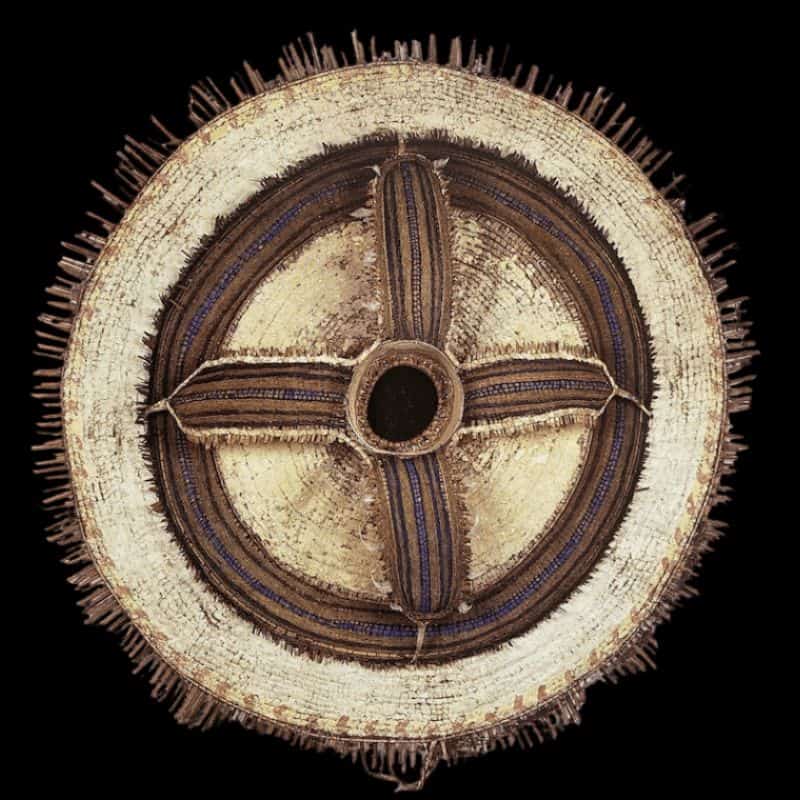
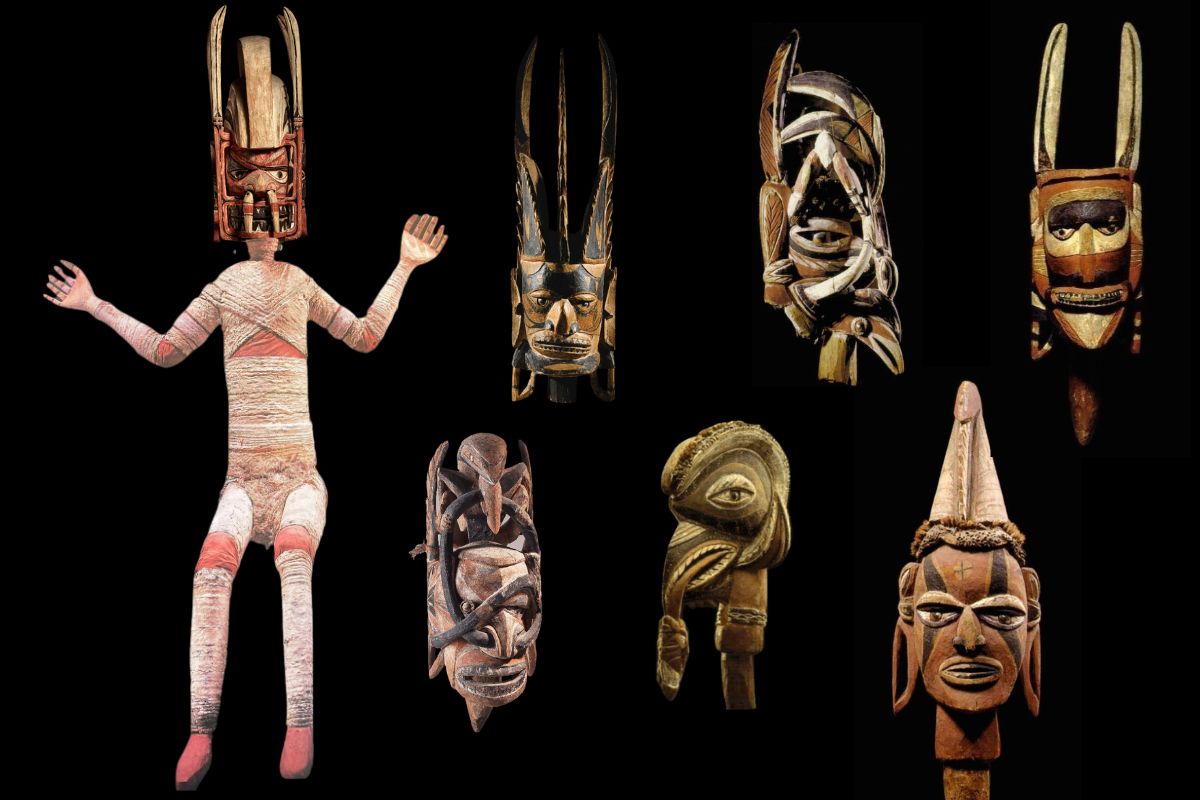
Malangan Heads
Quite often early collectors only collected part of the Malangan. This is especially true with malangan which had a vegitable fibre body.
The bodies of these malangan were very fragile and prone to rot and all that was bought back was the Head.
Small malangan heads were often a part of a larger malangan frieze. The frieze itself may have been to large and difficult to bring back and the frieze head bought back.
Over modelled skulls
Over-modelled skulls were for ancestor veneration. They were placed on wooden bodies and would protect the village spiritually. Like Uli figures they have large breasts and are likely closely associated with Uli Figures.
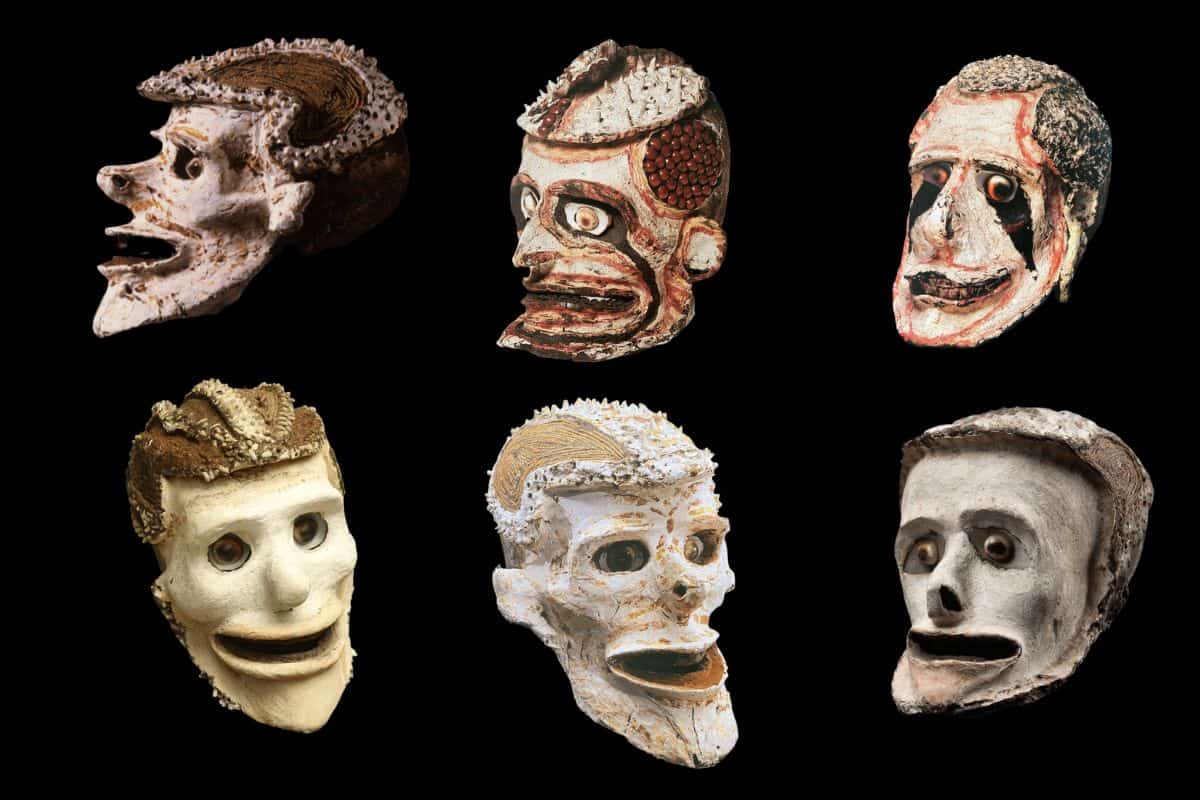
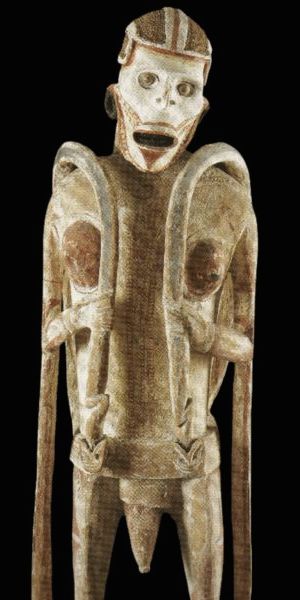
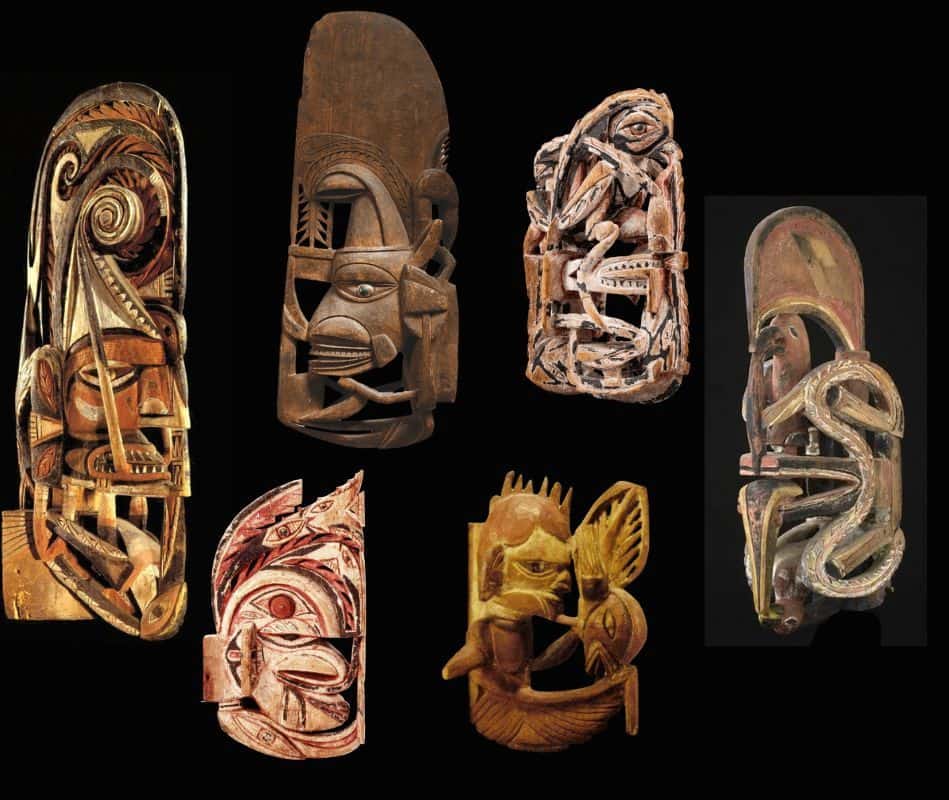
Sizes Range from 12ocm – 180cm
Malangan Canoe prows
Canoe prows are not found on most new Ireland canoes other than those made for a specific purpose. The Malangan Canoe is made to transport Malangan to a ceremony as carrying it along a village path is Taboo. Even today Malangan are moved at night along the beach to prevent their powers causing sickness.
The Duke of York Islanders also had specially carved canoe prows related to the funeral rights.
New Ireland Art and Artifacts Masks
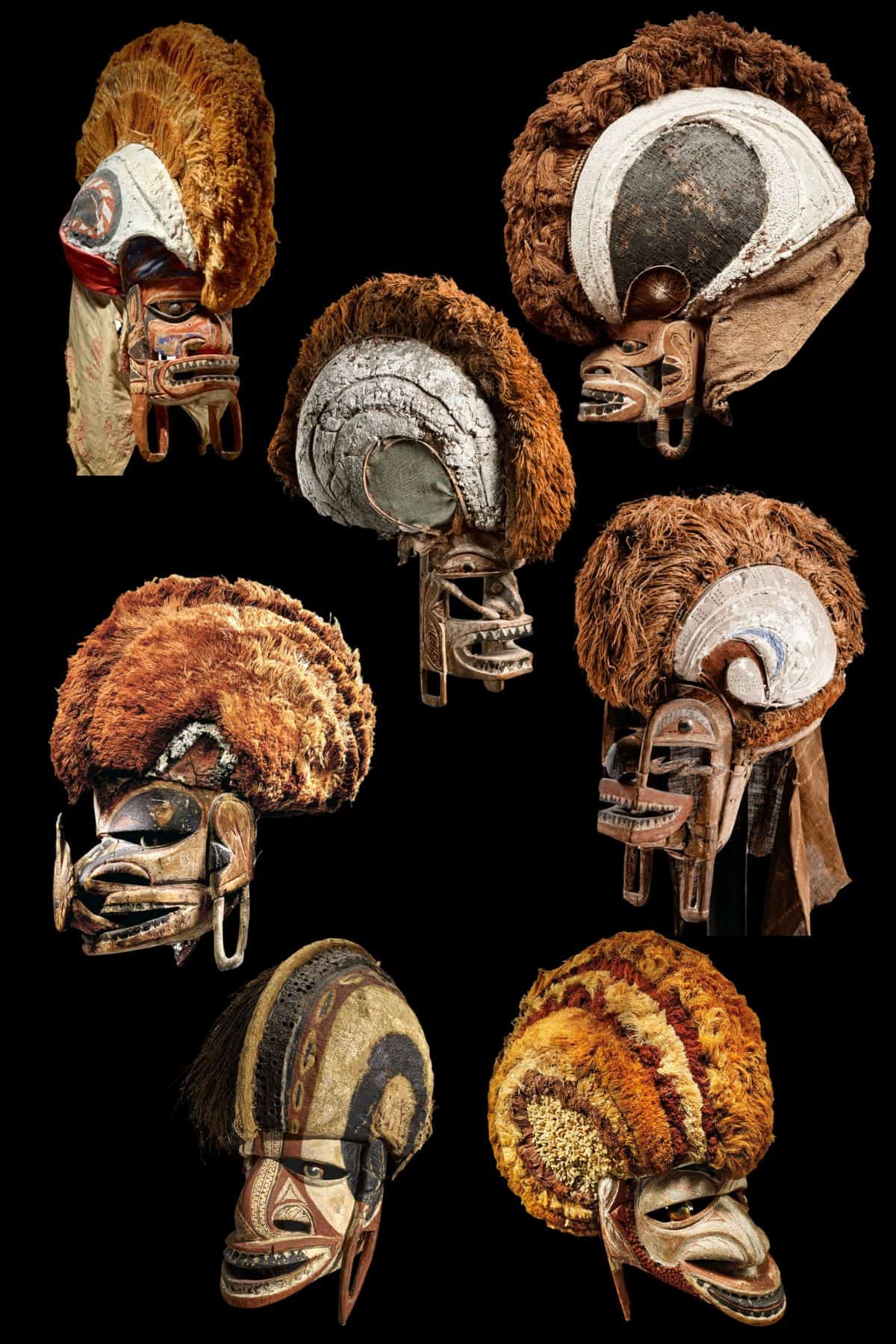
Tatanua masks
Tatanua masks are named after the traditional dance to honour the dead that they are used to perform. They are not malangan masks and are not destroyed after ceremony but rather disassembled and reused. This accounts for why there are so many tatanua compared to other styles of malangan mask.
The faceplate is made from wood with the head crest being made from other bush materials. Examples after 1920 often incorporate red European cloth.
They are highly collectable due to their bold colours and aggressive faces.
They are found in Northern New Ireland and on Djaul Island. They are often confused with malangan masks because they do appear sometimes at Malangan Ceremonies as can Tumbuwan but they serve a very different function spiritually.
Lorr Masks
Lorr masks come from South Eastern New Ireland. They are also found on the Duke of York islands and the Tolia of West New Britain.
Old examples tend to be white and are sombre with later examples being colourful.
They are associated to ancestor veneration especially during funeral rights.
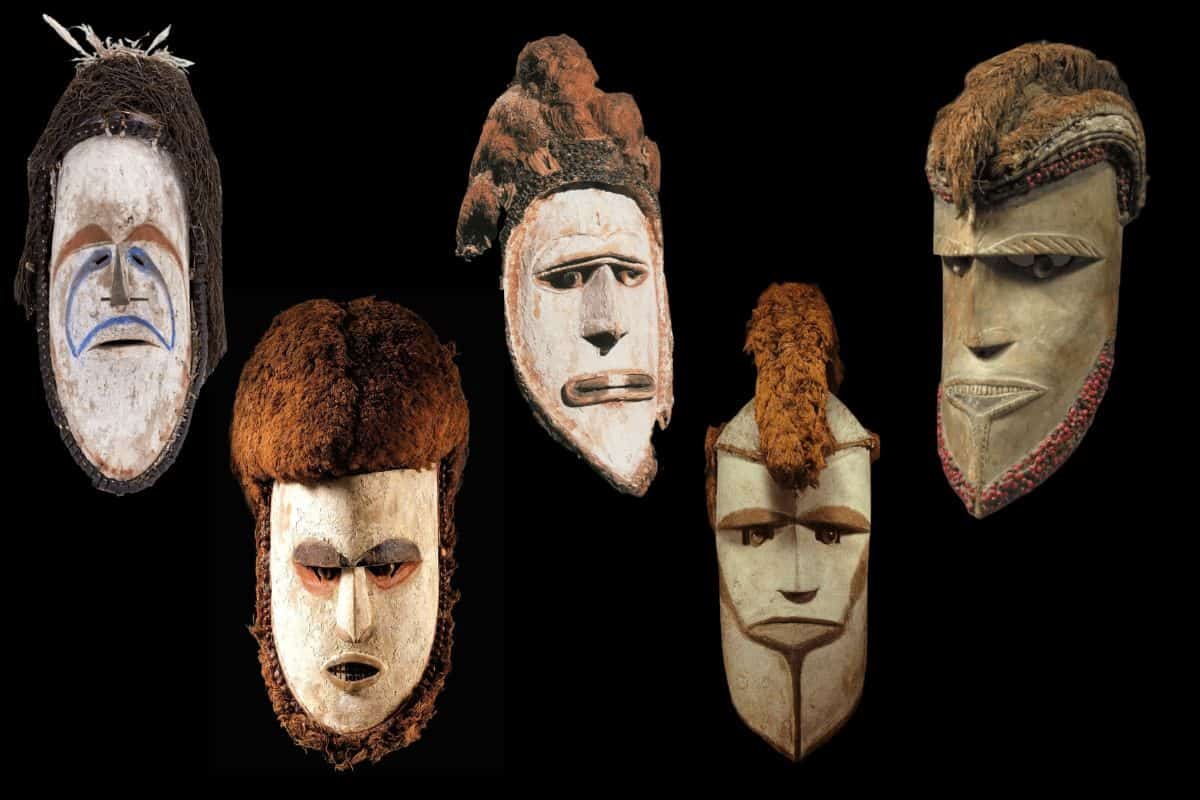
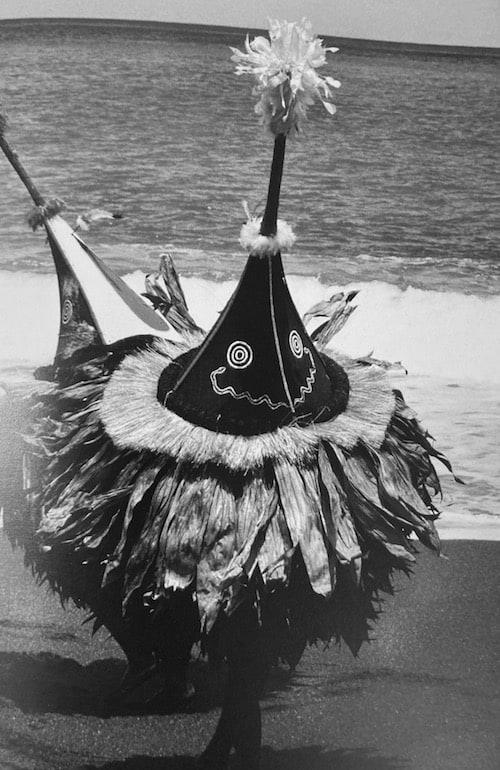
Tumbuwan and Duk duk Masks
Tumbuwan and DukDuk society are very strong in Southern New Ireland. The masks are not sold to europeans because Europeans have not been initiated into the Tumbuwan society. Very few exist in collections.
Initiating in Southern new Ireland the cult spreads at least as far West as Tabar islands and South all the way into New Britain.
Tumbuwan are still very much a living culture and out of respect for my Tolai brothers will not be dicussed further.

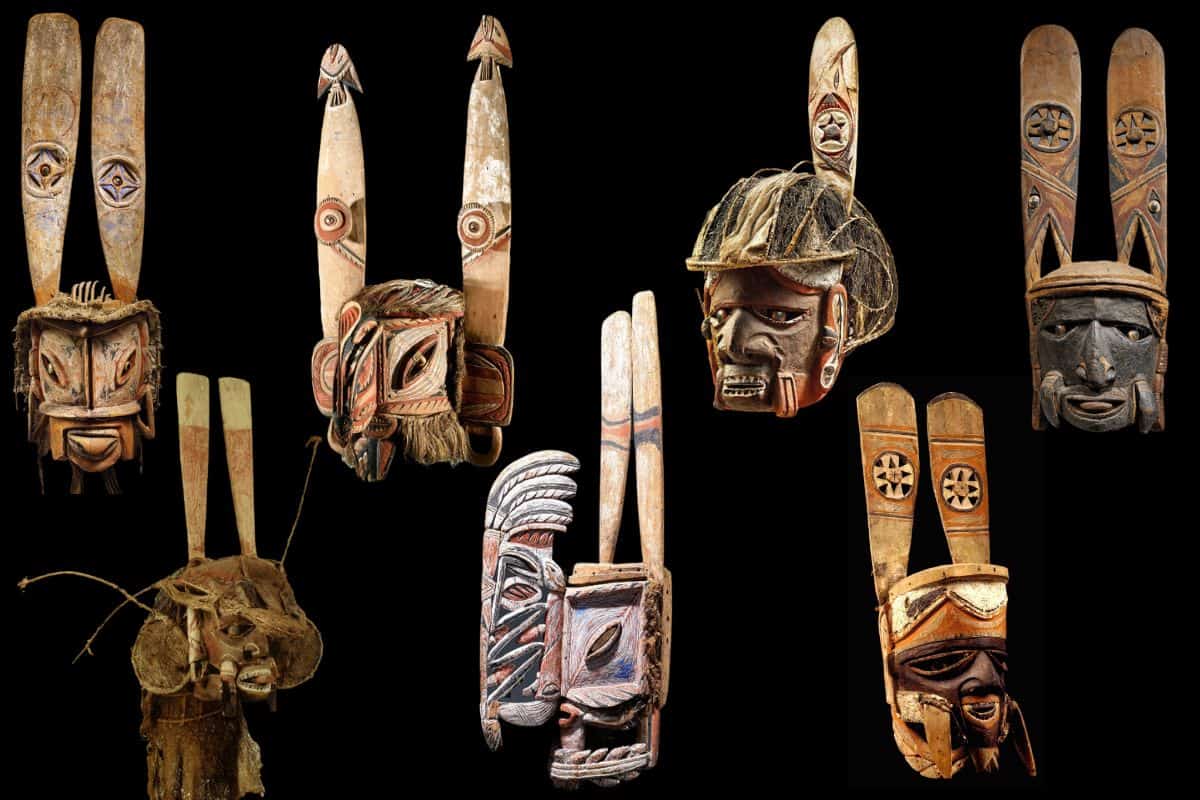
Kepong Masks
Most kepong masks have an early collection history and can be identified by the long ears attachments. Some kepong acted as Ges masks and destroyed the possession of the recently departed. Other Kepong masks were important for removing taboo’s from a village after a body had been cremated and official mourning ended.
Kepong masked warriors would also raise funds for a Malangan Ceremony. They would roam the village demanding a contribution.
Their is an overlap between Kepong and Ges masks. Ges is the name of the mask on Tabar islands where as Kepong are further North nearer to Kavieng and early colonization.
Ges Masks
Ges masks are identified by their eyes which are slanted. They depict a particular legendary person / people who visited New Ireland in the distant past. Legend has it they were cannibals and would come to a village and destroy everything kill everyone and eat them even their souls.
Ges masks in Malangan tradition are responsible for destroying all the possessions of the dead. This includes houses, all material property right down to chopping down banana trees planted.
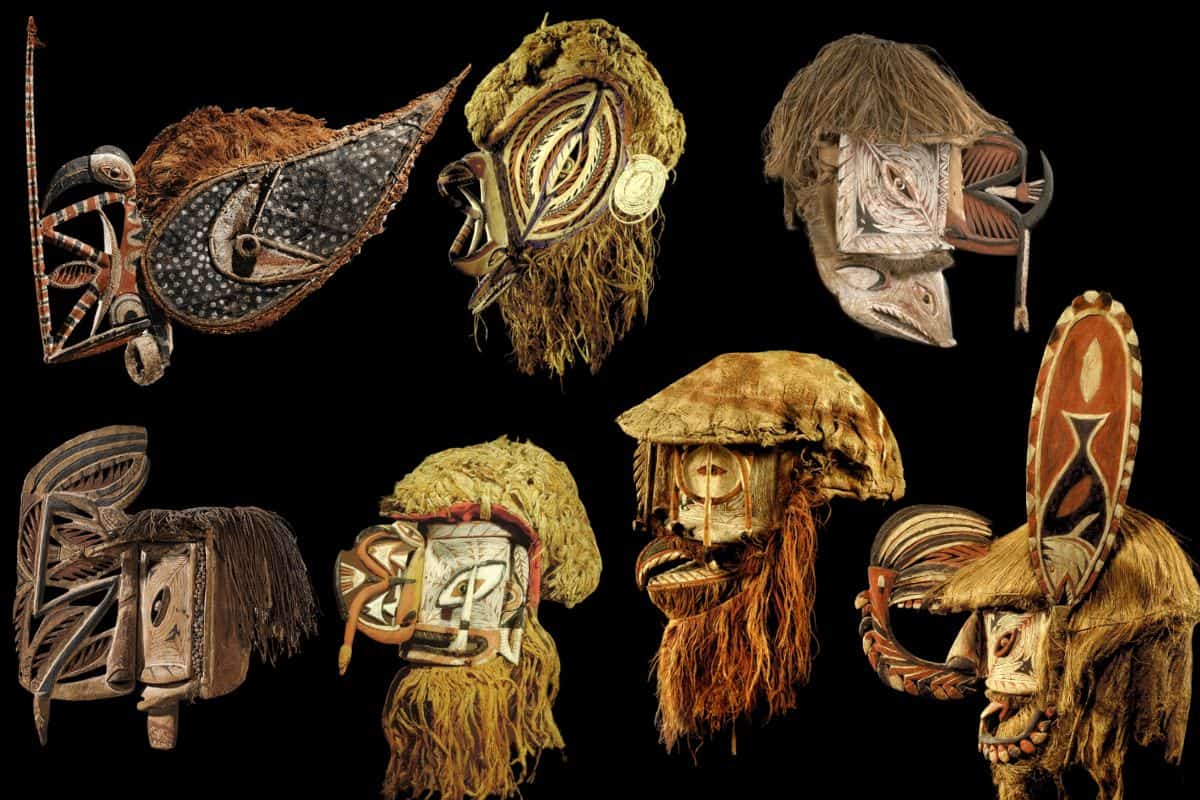
Matua Masks
These masks actually are a part of a malangan final ceremony. They are a malangan mask. At a malangan ceremony they move around slowly and do not dance.
They are very solemn and very serious like the malangan themselves and serve a equivilent function. To send the ghost of the dead into the never.
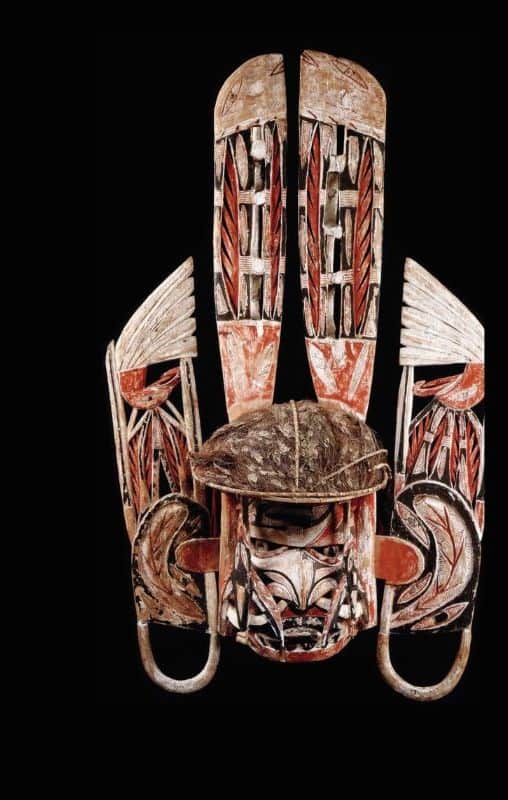
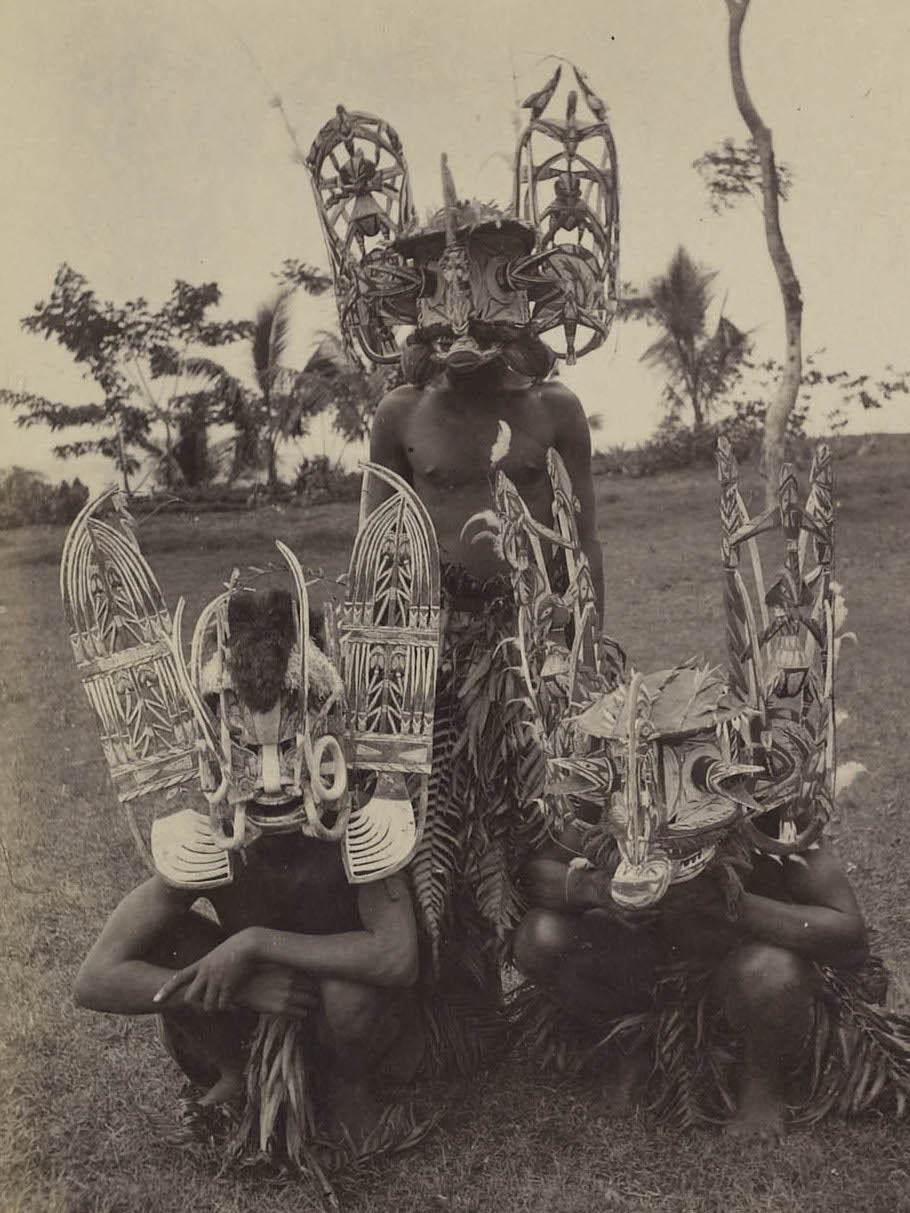
New Ireland bark masks
Bark masks were found on Lehir Tanga and to a lesser extent Feni Islands.
Not much written about them but the people I met from Tanga spoke of them as being enforcers of custom.
They were the policemen of customary law and a masked cult member able to do what ever they considered necessary to maintain customary law.
If someone from Tanga or Feni or Lehir reads this article and has additional information feel free to contact me.
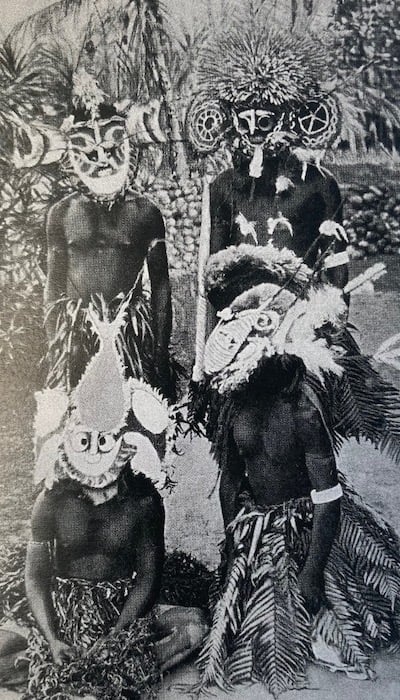
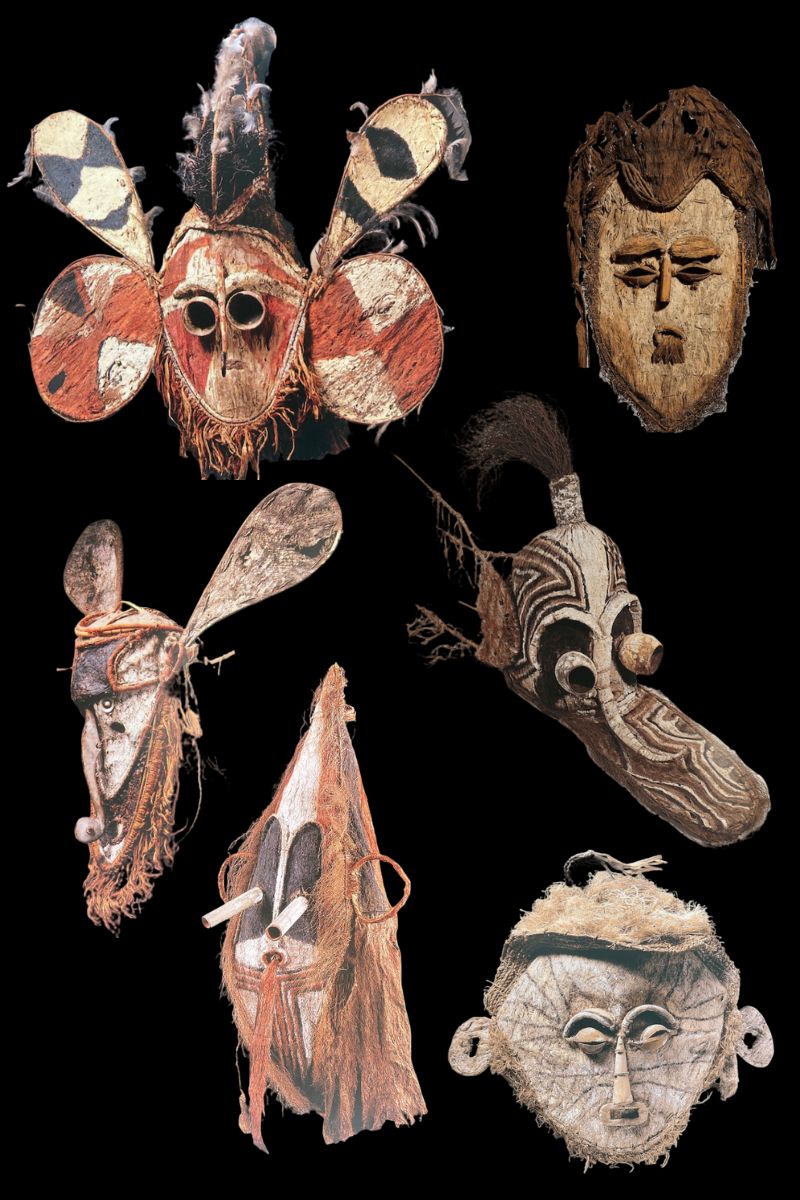
Malam Masks
Frieze masks or malam masks are the rarest form of New Ireland mask. They all have early collection dates and are from Northern New Ireland.
Very little is known about the function of these masks but they are likely to be a form of malangan and destroyed after use.
Visually beautiful rare and highly collectable.
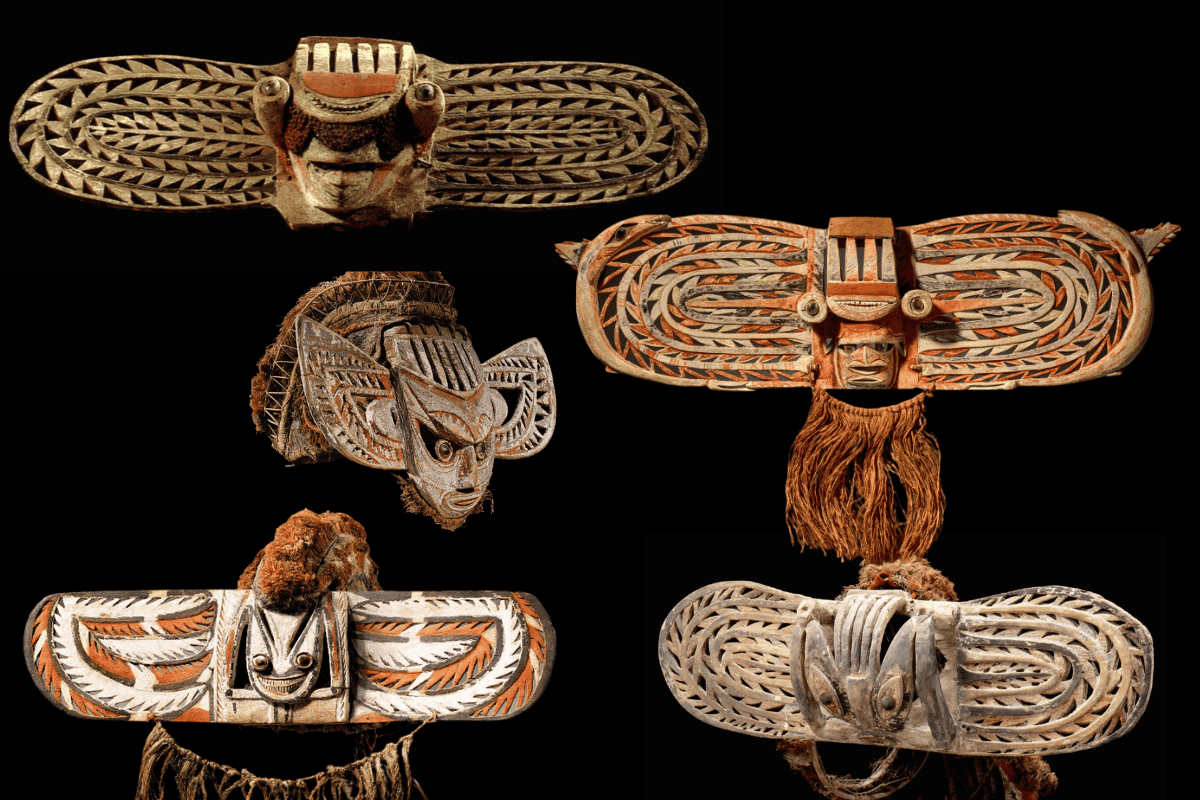
All images in this article are for educational purposes only.
This site may contain copyrighted material the use of which was not specified by the copyright owner.
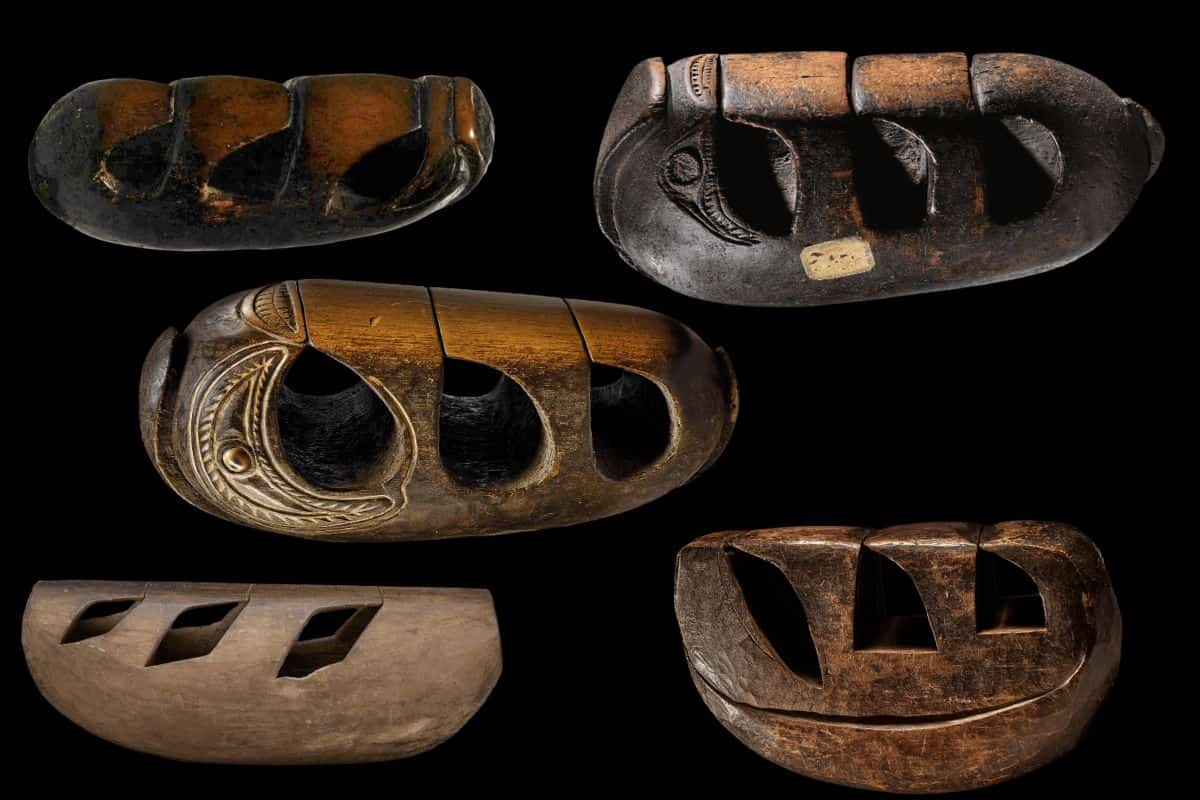
31cm – 60cm
New Ireland friction Musical Instrument
Lunet of Livika are also called friction drums but they are not a precussion instument. With three or sometimes four sound-producing wedges (or “tongues”) on top. These wedges, each cut to a different size all when rubbed produce a different note. The tongues are separated from each other and have spaces hollowed out underneath. A musician would have played the drum by moistening one of his hands with water and rubbing it across the wedges. They create the tones reminiscent of the cry of the bird for which the drum was named.
New Ireland Art and Artifacts Clubs
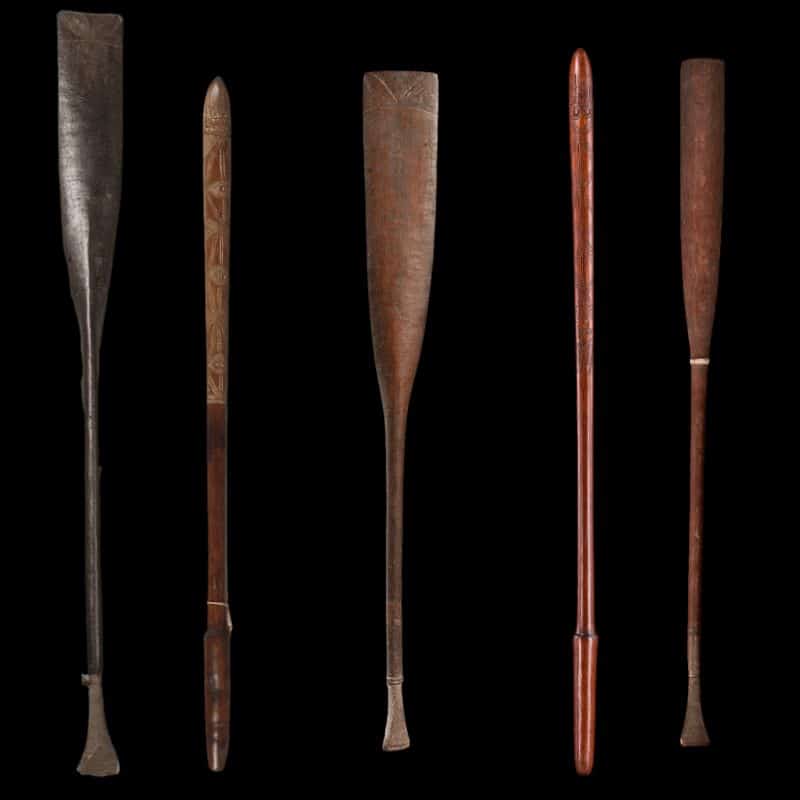
New Ireland Clubs
Clubs from New Ireland are rare. The favoured weapon on New Ireland was the sling stone.
It is likely they were predominantly a symbol of rank and authority more than a weapon.
They come i two main styles. Either paddle clubs, often with two eyes at the top or pole clubs some which are superbly carved.
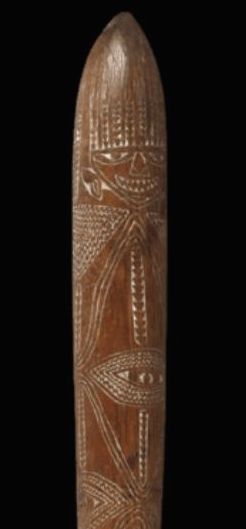
New Ireland Kap kap adornments
Kapkaps were usually worn on the chest. They are an insignia of high status and initiation. They are made from a filigree of turtle shell on a disk of Gaint clam shell. They are I think one of the most intricate and beautiful adornments found in Melanesia.
Range from 6cm – 15cm
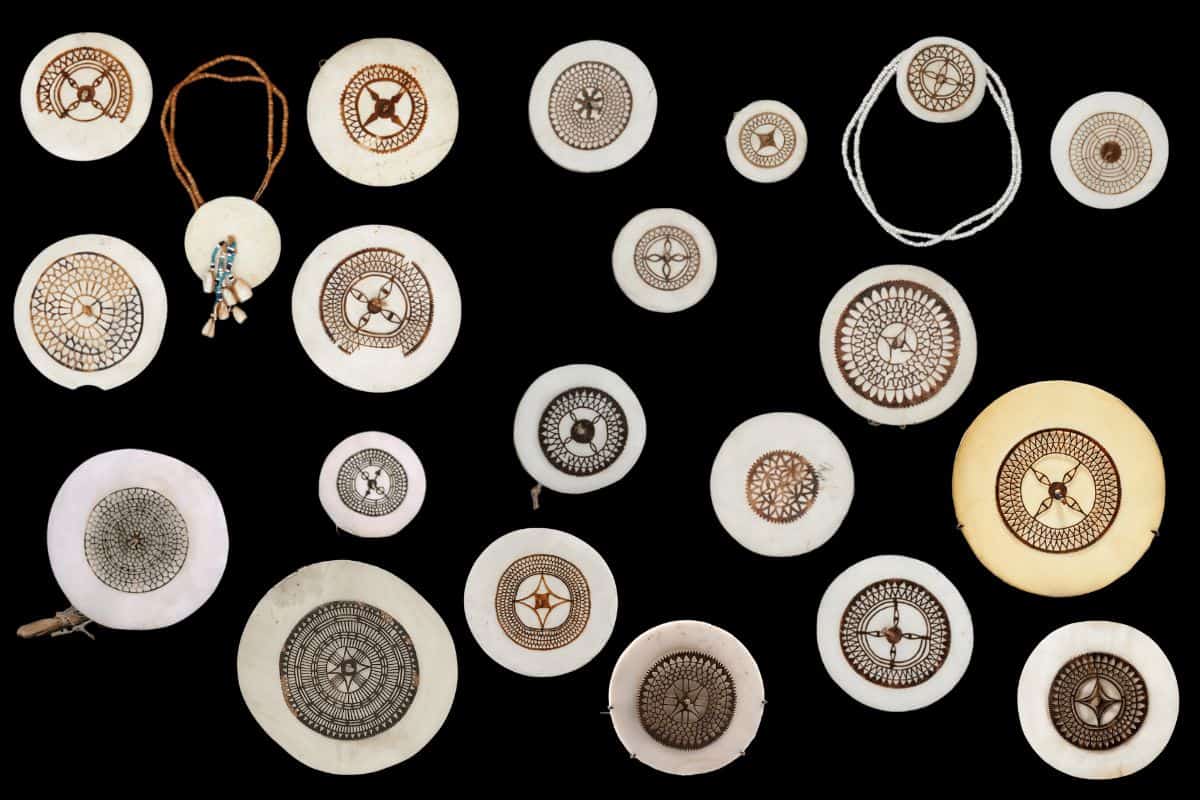
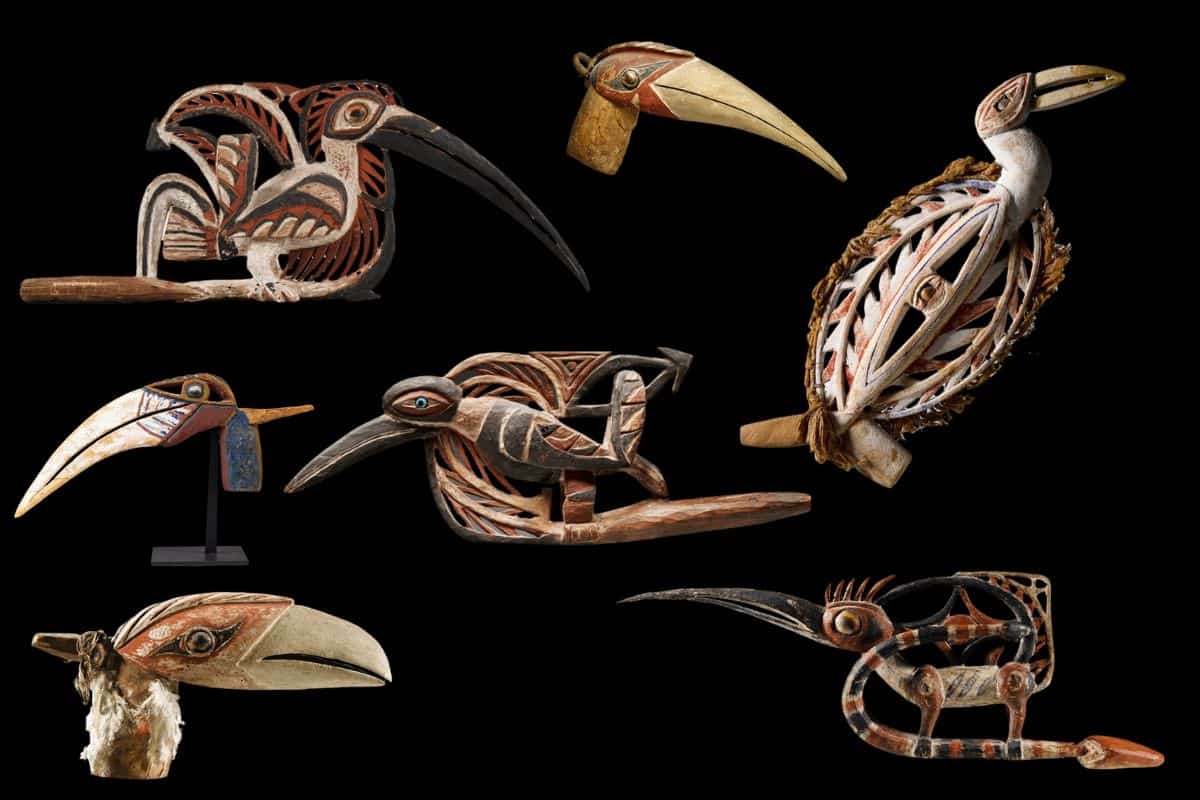
Mouth adornments
These mouth adornments are associated with tatanua masks and were made for a specific dance to honour the death of an important person.
Some were held in the teeth of a dancer while others were inserted into the mouth of a Tatanua mask. In general smaller bird heads were held in a dancers teeth and larger ones an extension of a mask.
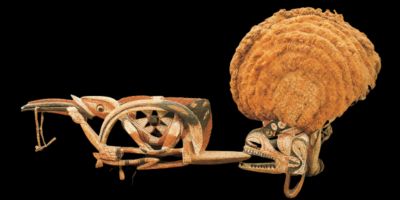
New Ireland Art and Artifacts
As I said at the beginning of this article it is not possible to cover all the New Ireland Art and Artifacts in a single article. I have not covered all the adornments or forms of currency, shark catching equipment and lots of other bits and bobs.
I hope however I have given you a good over veiw of some of the very wide and artistically superb examples of Art from this fascinating set of islands.
